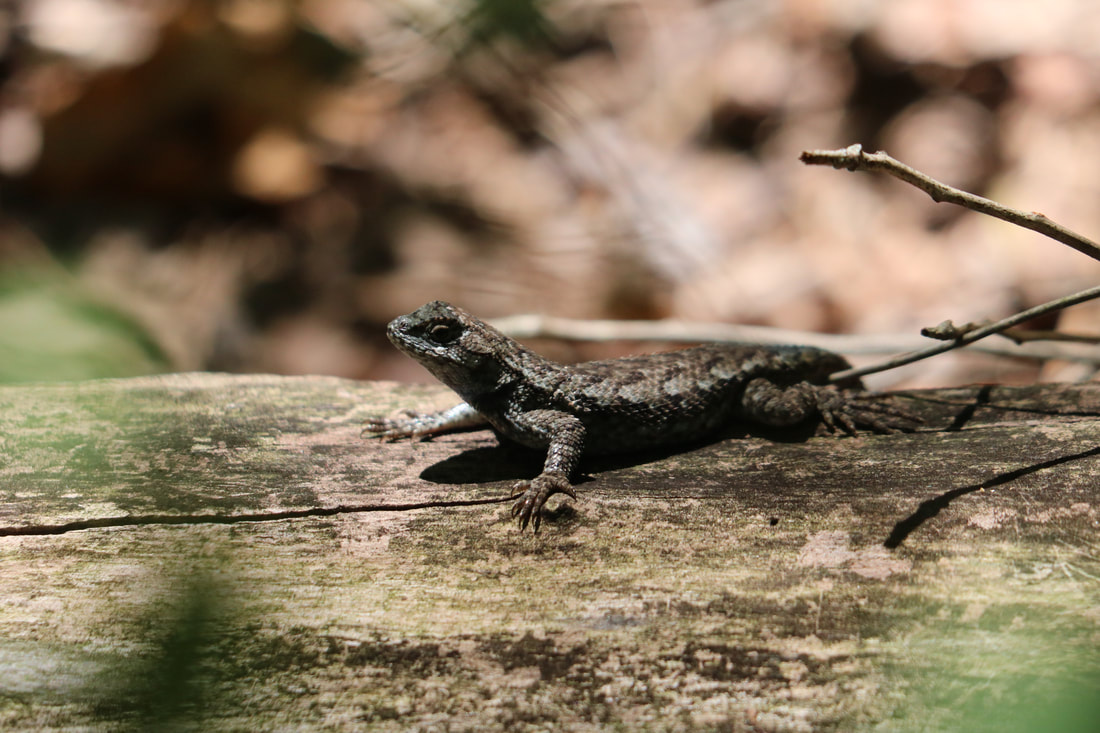Edward Abbey
“What do the coyotes mean when they yodel at the moon? What are the dolphins trying so patiently to tell us? Precisely what did these two enraptured gopher snakes have in mind when they came gliding toward my eyes over the naked sandstone? If I had been as capable of trust as I am susceptible to fear I might have learned something new, or some truth so old we have all forgotten it!”
The above passage appears near the beginning of Desert Solitaire, the first of Edward Abbey’s books to catch my attention and reinforce me love of wilderness. His descriptions of the parched landscape in and around Arches National Monument are both eloquent and revealing whether he is describing the arches themselves, the rivers and springs, the wildlife, or the rocky terrain. The descriptions reveal that Abbey was a first rate naturalist. The book, Desert Solitaire, does not stop there. Abbey also included an angry polemic on mechanized (he uses the term industrial) tourism, decrying the destruction of natural parks by roads and motors. He feelt that the parks are best seen on foot.
The book also includes stories of the people of this desert land. Abbey appears to be sympathetic with the solitary prospector, unable to compete with corporate mining interests, the small rancher put out of business by agribusiness, the unemployed cowboys, and the Indians. For a man sometimes labeled a misanthrope, he includes a lot of sympathetic stories of these people.
My favorite of all the essays and stories in this lovely book though is simply titled “The Moon Eyed Horse.” In this narrative, Abbey walks up a box canyon trying to recapture a feral horse, blind in one eye and roaming the land after escape from a local ranch. The horse lived on its own for several years. He fails to capture “Ole’ Moon Eye,” and seems sympathetic to the horse, almost appearing to envy its wild state.
Though Abbey’s work is often cited as forecasting a future where the work of man continues to erode wilderness, his most prophetic passages are perhaps those in the chapter titled “The Dead Man at Grandview Point.” In this chapter, Abbey has joined a search party to find an elderly man missing in the desert for two days. Coming home from this job he recorded his feelings of identifying with the dead man. The passage prefigures his own illegal burial in an unmarked grave in the desert by sympathetic friends carrying out his last request, years later:
“I feel myself sinking into the landscape, fixed in place like a stone, like a tree, a small motionless shape of vague outline, desert colored, and with the wings of imagination look down at myself with the eyes of the bird, watching a human figure that becomes smaller, smaller in the receding landscape as the bird rises into the evening – a man at a table near a twinkling campfire, surrounded by a rolling wasteland of stone and dune and sandstone monuments, the wasteland surrounded by dark canyons and the course of rivers and mountain ranges on a vast plateau stretching across Colorado, Utah, New Mexico, and Arizona, and beyond this plateau more deserts and greater mountains, the Rockies in dusk, the Sierra Nevadas shining in their late afternoon, and farther and farther yet, the darkened East, the gleaming Pacific, the curving margins of the great earth itself, and beyond earth that ultimate world of sun and stars whose bounds we cannot discover.” - Reviewed by Ray Zimmerman

 RSS Feed
RSS Feed